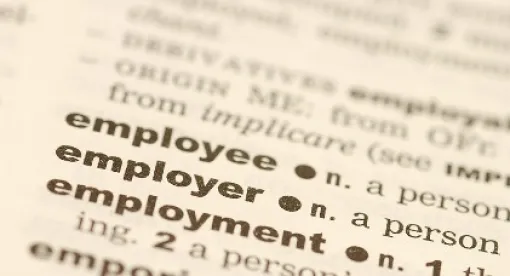If you carefully document employee performance in an objective, consistent manner, you will have the information you need to prepare an effective evaluation. You will also have the evidence you need to rely on in a charge of discrimination or court, if need be. In any wrongful termination or employment discrimination lawsuit, one of the first things the employee’s attorney asks for are the employee’s performance evaluations. So in preparing an employee’s evaluation, ask yourself, how will this read in front of a jury? To avoid the common pitfalls of performance evaluations, give coaching and feedback as often as possible. Many employers give performance evaluations only once a year. The challenge with that is that many times managers are not documenting examples throughout the year and so the evaluation tends to be biased toward recent examples of strong or poor performance rather than covering the whole year. By failing to call out problematic behavior earlier in the year, you deprive an employee of the chance to fix it before it shows up as a “needs improvement” on their evaluation. Giving feedback to employees should never be just an annual occurrence, it needs to be timely and in writing. Employees should never be surprised at feedback in their year-end performance review and here are tips to help achieve your goals:
-
Document performance in an objective way, and maintain a professional tone. Highlight both strengths and development needs in a constructive manner.
-
Be honest, and include as many examples as possible to support your evaluation. Be specific while avoiding biased language. Employers often fall into the trap of using vague language, resulting in cliches or even potential stereotypes. Avoid inflammatory language that could potentially lead to claims of age discrimination, such as “lack of energy”, “too slow”, “resistant to change”, or claims of sex discrimination by telling a woman that she has to be “softer”, or needs to “toughen up”. Managers should be evaluating the employee’s performance, not his or her personality.
-
Invite employees to participate in a self-assessment. Employees should have input into the evaluation process. It gives them joint accountability for setting achievable goals and invites discussion around their development needs.
-
Be transparent. Employees should not only receive copies of their evaluations, but they should also understand the process for performance reviews, whether that is a separate written document or included in an employee handbook. The document should describe how performance criteria is determined and by who, how often reviews are done, and who will conduct their evaluations.
-
Avoid making any statements about future employment in a performance evaluation. If enough statements are made indicating that an employee has a “long future” at the company, a court might decide that the employee has an implied contract of employment, thereby undoing an at-will defense (many states are “at will”, meaning an employee can be fired at any time for any reason that isn’t illegal). If you adhere to talking about the employee’s performance rather than predictions of future employment, your evaluations won’t compromise the at-will relationship.




 />i
/>i

